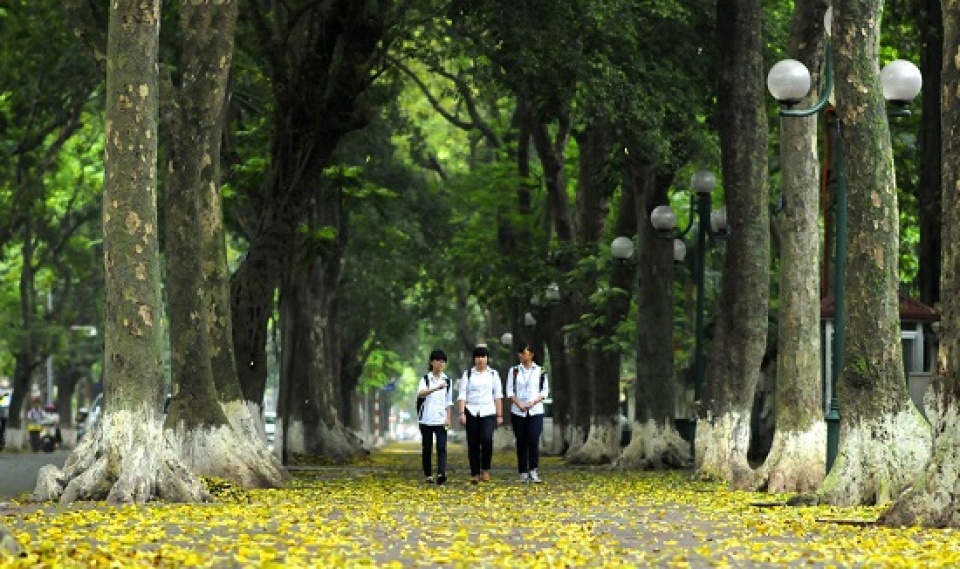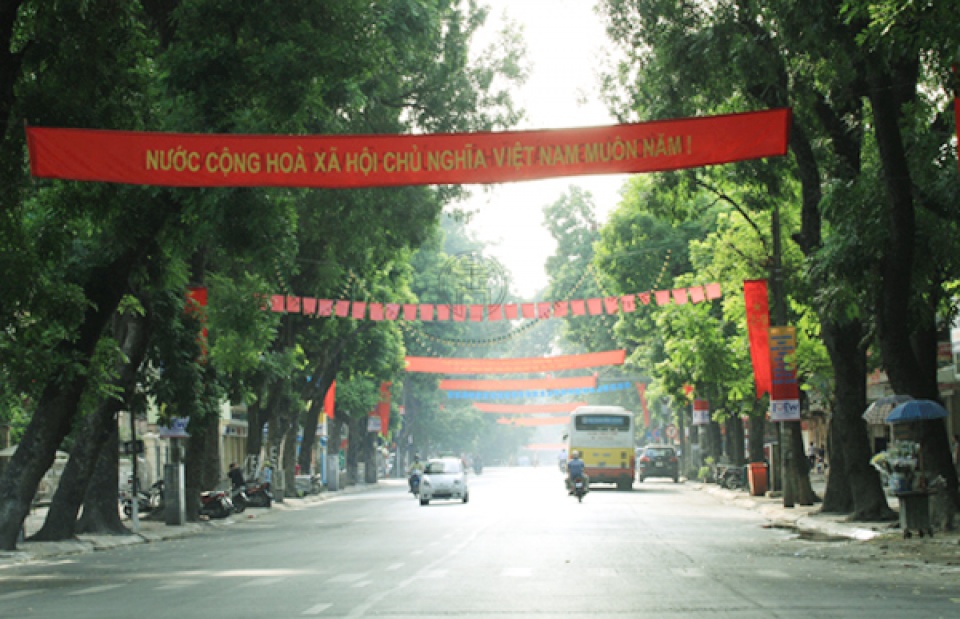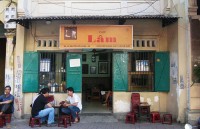
The trees of Ha Noi
Latest
| TIN LIÊN QUAN | |
| The Dragon City which is no more | |
| Hoi An, a 17th century Vietnamese centre of international trade | |
I would like to add that one of the charms which makes Ha Noi so captivating is its trees, trees green all the year round, in summer as in winter.
The way the trees were planted on the pavements of the capital is an adoption of western urbanisation, outgrowth of a West-East acculturation.
 |
| Phan Dinh Phung street is the most beautiful location photography. (Photo: Hanoi Times) |
The species of the trees are very varied. Each has its own character, history and cultural connotations. The same can be said of each tree, at least as far as the local population is concerned.
I do not have the exact figure on the number of trees in Ha Noi. In his book entitled “Flowers of Ha Noi”, the poet and essayist Tran Le Van gives these two approximate figures: 10,000 at the liberation of Ha Noi in 1954 after Dien Bien Phu and 200,000 in 1980.
This number might have increased five and even ten fold two decades after the yearly tree planting campaigns launched by Ho Chi Minh. Who can tell? Let’s notice a very common practice among Hanoians. Since family life is spent often partially on the pavement, especially in the old quarter back to the 15th century, inmates of each house have been caring for the tree planted before their gate as if it were a tree in their own garden.
Likewise, the custom of planting trees on the roadside seems of very long date as can be seen in the names of some streets: Hoe Nhai (street of the saforas), Lieu Giai (weeping willows). Many Ha Noi streets now assume a particular grace of their own thanks to a species of specific tree lining them.
The most beautiful trees of the capital are without doubt the sao (hopea berrir) along Lo Duc street (formerly called Armand Rousseau). Their fruit, flaned with two wings, glide in the air with the wind.
In winter migratory birds, fleeing the cold north, come to build their nest on the high tree-tops.
The flowers of alstonia (hoa sua or milk flower) of a milky white bewitch the autumn nights on the streets of Ba Trieu (formerly Rue Gia Long) and Nguyen Du (formerly made up of Riquier, Halais and Dufourcq streets).
 |
| The cay seu (celtis australis) along Ly Thuong Kiet Street. (Photo: suckhoedoisong.vn) |
The scarlet red of the flame flowers along the Youth Road (formerly Co Ngu - Maréchal Lyautey) separating West Lake from Truc Bach Lake announce together with the strident chirping of the cicadas the arrival of the exam season and the summer holiday for all school children.
In the floral concert of summer, the mauve flowers of the bang lang (langerstroenia flos-reginea retz) on Tho Nhuom Street (formerly street of Dyers and Jean Soler) bring a note of tenderness. Their foliage is thick and shining. At the beginning of autumn, tufts of young leaves hang like wavery silk at the base of old leaves.
The cay sau (dracontomelum duperreanum Pierre) lines up Phan Dinh Phung Street (formerly Boulevard Carnot), Tran Hung Dao Street (formerly Boulevard Gambetta) and many others.
Its unripe fruit goes into the making of a sour broth and gives an acid taste to meat and watercress broths so refreshing in summer, and is also used to make a favourite dry confectionfor children and young women.
The ripe fruit has a very agreeable sweet-sour taste.
The fruit of the cay bang (terminalia catappe), quite bitter are however very sought after by school children. This tree with horizontal branches and broad leaves, is planted in most school yards, at the entrance of impasses and on many streets.
The traditional cake banh bang is patterned on the shape of the elliptic and flattened fruit.
While nearly all the trees in Ha Noi retain their leaves in the winter, the cay seu (celtis australis) along Ly Thuong Kiet Boulevard (formerly Carreau) cast their denuded branches on the pallid sky, evoking a corner of Europe.
I cannot end this brief enumeration of the trees in Ha Noi without mentioning the banyan tree (cay da: ficus benghalensis), a tree often secular with long adventitious roots hanging like the hair of some genie. Its image is associated with the fond memory of the temple, pagoda and river landing stage in the native village.
The presence of this tree in many places of the capital comes as no surprise since Ha Noi was originally a grouping of villages. The most beautiful and typical banyan trees which used to grace the Co Loa Temple on the outskirt of the city and which, according to local people, had survived several thousand years, are unfortunately no more.
Huu Ngoc
 | Between tea and coffee Much of the charm of Paris is owed to La Rotonde and La Closerie des Lilas in Montpamasse, Café de Flore and Deux Magots Saint ... |
 | Life-long love for Ha Noi The capital city of Ha Noi is well on its way to becoming a modern metropolis. Throughout the historical course of development from autumn 1010 ... |
 | The traditional meals in Vietnam One is reminded of the famous quip by the French gourmet, magistrate Brillat Savarin: “The destiny of nations depends on the way they feed themselves” ... |

















